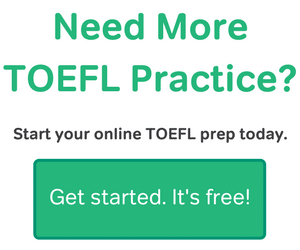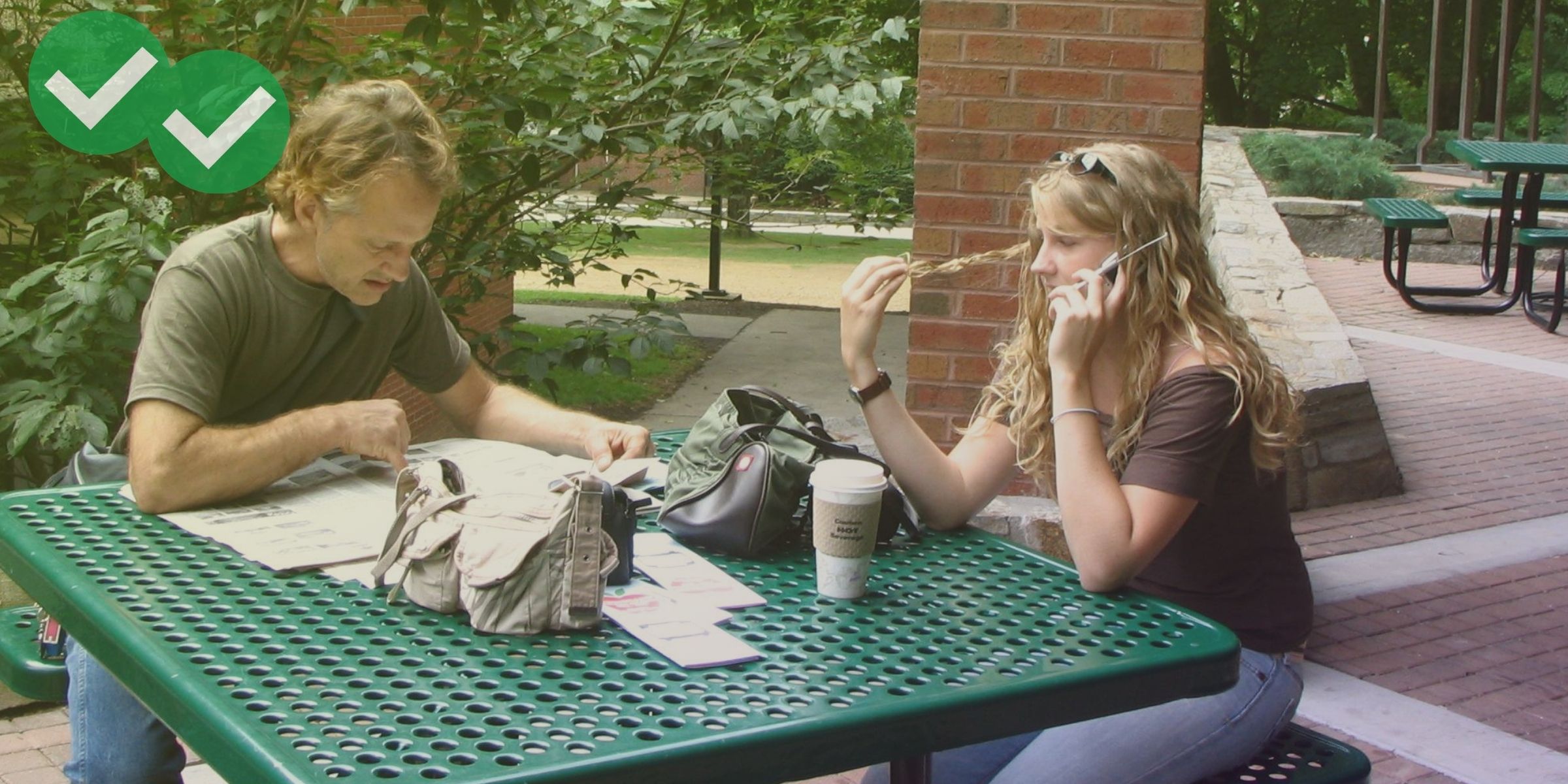
Sometimes, the TOEFL Integrated Speaking Tasks (Tasks 2-4) can feel like information overload. What information from the reading and listening is important? What do you need to make note of and include in your Integrated Speaking responses?
Organizing your Integrated Speaking response becomes easier when you realize that each Integrated Speaking prompt follows a very predictable pattern. Each individual task has a distinct pattern, always presenting the same information in the same ways. To help you master TOEFL Integrated Speaking, I’ve written a description of the structure and key facts you can expect in the different TOEFL Integrated Speaking Tasks. Read on to see what information you should expect, take notes on, and include in your own spoken summary.
The Most Important Information in TOEFL Integrated Speaking Task 2
In Task 2, the reading passage will always describe a university change, proposed change, or policy. From there, the passage will always give exactly two reasons for the change, proposed change, or policy.
Then, in the conversation audio track that follows, one student will always be the clearly opinionated student who speaks the most. The opinionated student is the only student you need to pay attention to. This student will give an opinion of agreement or disagreement with the policy, and will give two reasons for his or her opinion.
So in your own spoken summary, you’ll need to state the policy/change and the two reasons the passage gives in support of it. Then you’ll need to state the student’s opinion and the two reasons the student holds the opinion.
The Most Important Information in TOEFL Integrated Speaking Task 3
In Task 3, the passage defines an academic concept. The passage usually gives two examples of the concept or two supporting details related to the concept. However, you don’t necessarily need to include a summary of the passage’s two examples when you give your response.
Instead, you need to focus on the examples of the passage concept that come from the lecture, not the passage itself. You can know this because the instructions for Task 3 tell you to explain the academic concept “using points from the lecture.” Fortunately, the audio track is as simple as the reading. Like the passage, the lecture will always have just two examples that illustrate the concept from the passage.
The Most Important Information in TOEFL Integrated Speaking Task 4
Task 4 is possibly the simplest of the tasks, in terms of structure. Basically, Task 4 follows the same one-concept/two examples pattern as Task 3. But it does so with audio only — you don’t need to worry about both a passage and lecture. The lecturer names and defines an academic concept, and then gives either two examples of the concept or two supporting details about the concept. The main idea and its two supporting ideas are what you listen for and summarize.
Know these structures and you’ll always know exactly which details to listen for as well as exactly which ideas to include in your spoken response. Once you learn the basic pattern for each TOEFL Integrated Speaking prompt, these tasks are not as complicated as they first appear.






Leave a Reply